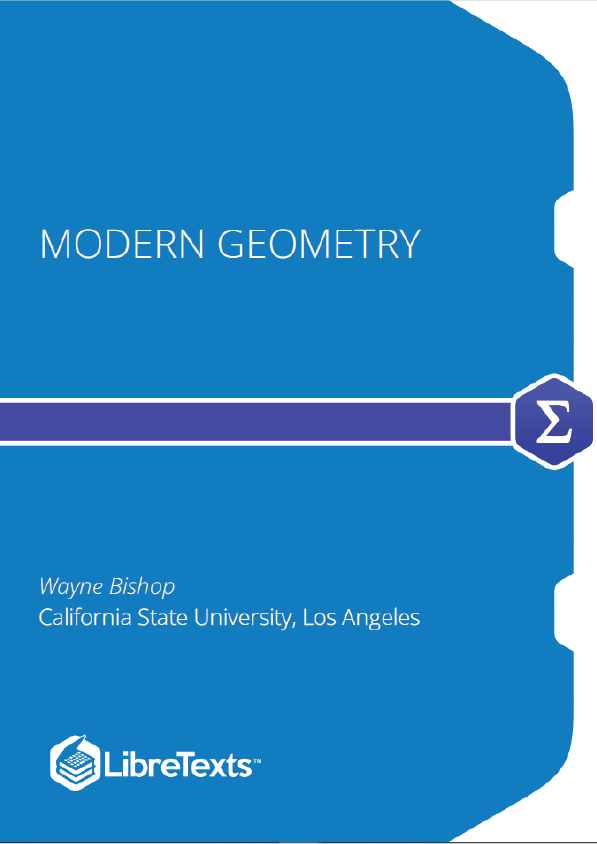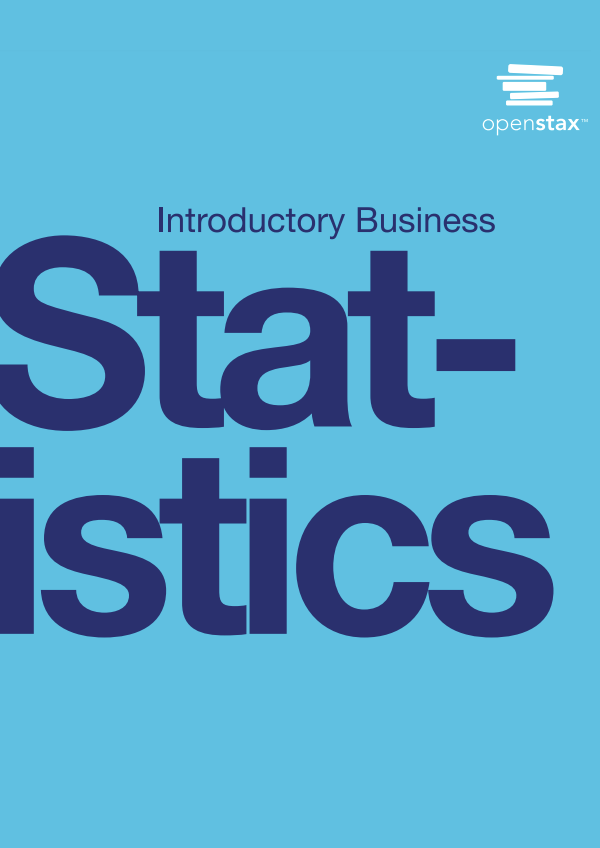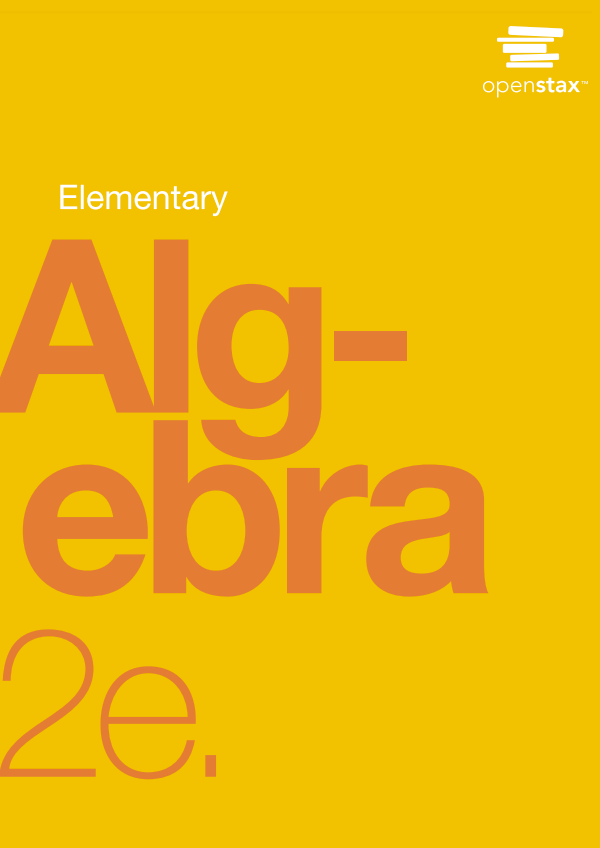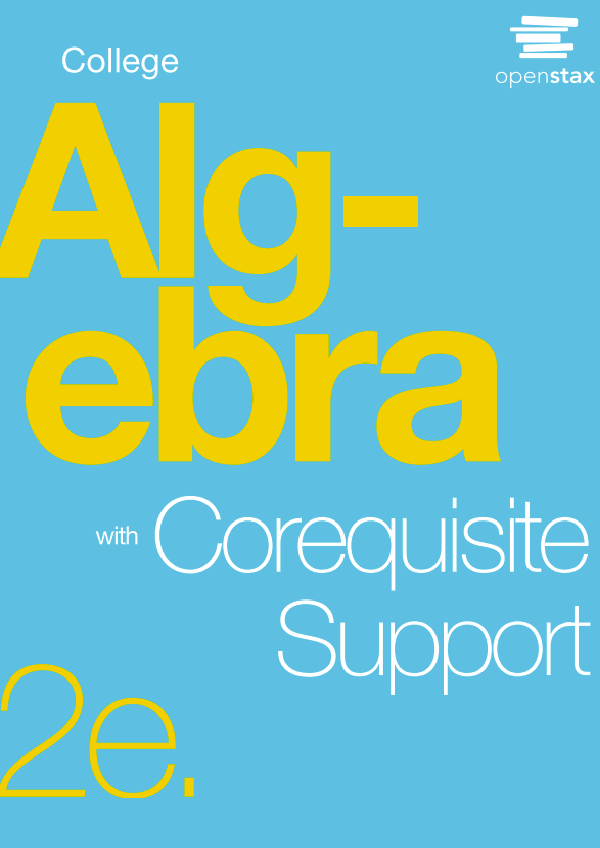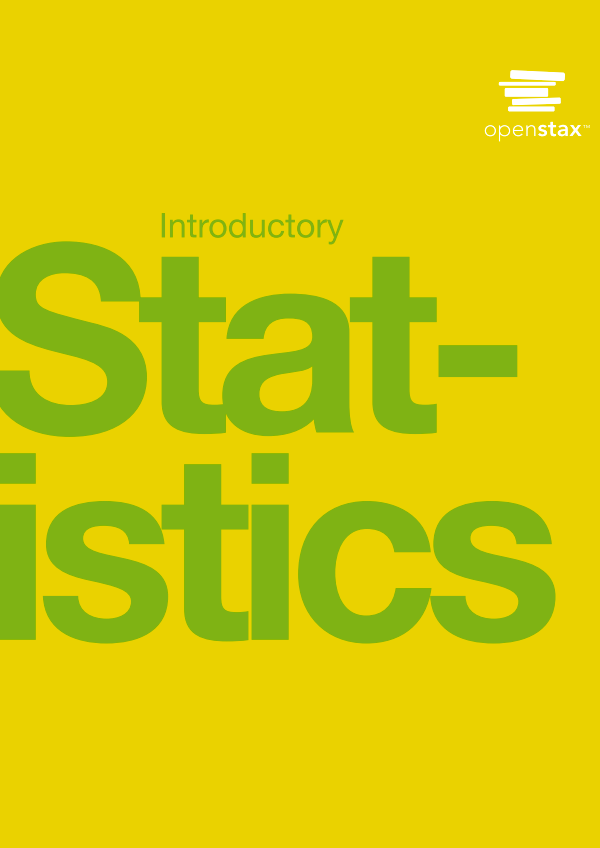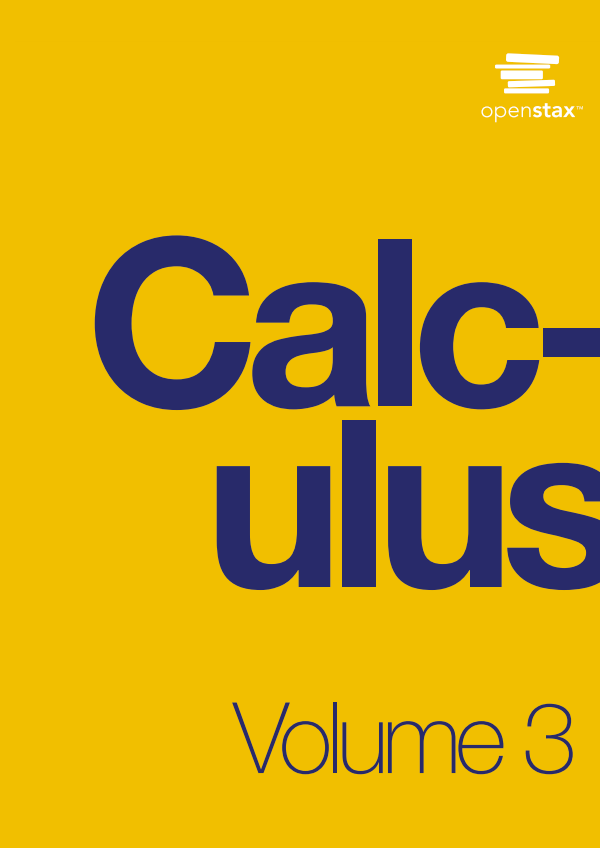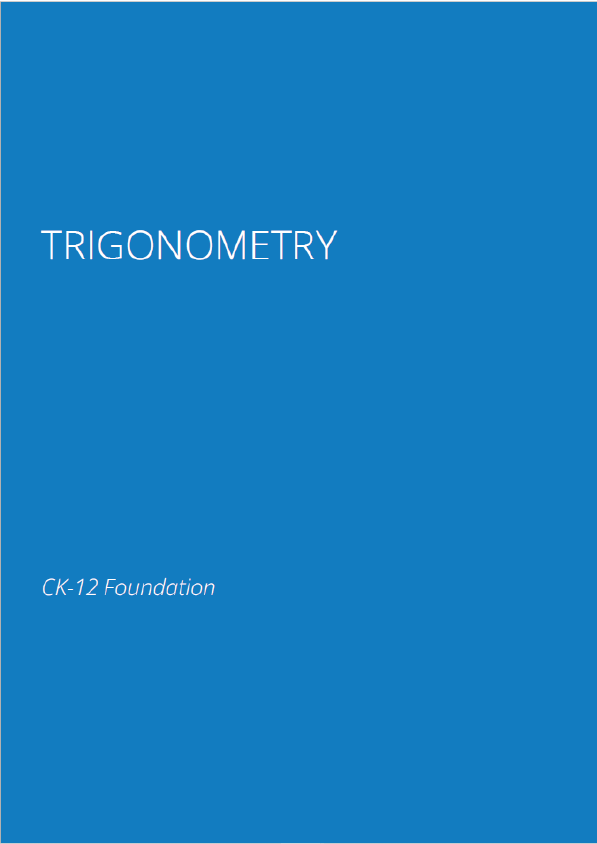There have been many books written and good textbooks are available that cover the material of this course. Unfortunately, books that go deeply enough to develop the subject well assume a year of study, a semester is not sufficient especially for students with weak backgrounds. The standard approach is to develop more results of advanced Euclidean geometry first and to eventually back up and go into hyperbolic geometry. In order to get where we need to get, we will not formally develop some of the advanced Euclidean results that are logically needed because we would never get to the “modern” part of the course’s name. We will come back and develop, or at least introduce conceptually, some of these when we need them late in the course. Considerable compromise with mathematical formality will be sacrificed in order to meet this goal but not the idea of mathematical proof itself. In fact, the most important goal of the course is to solidify proving statements within the setting of Euclidean geometry. That the context may not be “Euclidean” can be very helpful in understanding the Euclidean setting itself. If you have never had any experience in proof-based Euclidean geometry, expect the course to be very difficult, maybe even too difficult for your success without exceptional effort on your part.
Introduction
The course begins with a review of several of the most elementary results of traditional Euclidean Geometry; in fact, those of the beginning of Book 1 of The Elements, the Euclidean original. Since this work is about 2300 years old, rights to the original are not a problem. For millennia, mathematicians have been convinced that the original Greeks and generations of mathematicians who followed them believed that “uniqueness of parallels” could be proved from more fundamental “axioms” about geometry (lit., “earth measure”) that were so obvious that they could be safely assumed without proof. Standard content for a course called “Modern Geometry” involves proving that this is not the case and studying what happens under a different assumption.
Understanding what modern mathematicians mean by “proof” dates from this era and this work, The Elements. Many of us are convinced that, of all the contributions of the ancient Greeks to modern human thought, their ideas of deductive logic, concretized with mathematical proof, is the most important.
There have been many books written and good textbooks are available that cover the material of this course. Unfortunately, books that go deeply enough to develop the subject well assume a year of study, a semester is not sufficient especially for students with weak backgrounds. The standard approach is to develop more results of advanced Euclidean geometry first and to eventually back up and go into hyperbolic geometry. In order to get where we need to get, we will not formally develop some of the advanced Euclidean results that are logically needed because we would never get to the “modern” part of the course’s name. We will come back and develop, or at least introduce conceptually, some of these when we need them late in the course. Considerable compromise with mathematical formality will be sacrificed in order to meet this goal but not the idea of mathematical proof itself. In fact, the most important goal of the course is to solidify proving statements within the setting of Euclidean geometry. That the context may not be “Euclidean” can be very helpful in understanding the Euclidean setting itself. If you have never had any experience in proof-based Euclidean geometry, expect the course to be very difficult, maybe even too difficult for your success without exceptional effort on your part.
